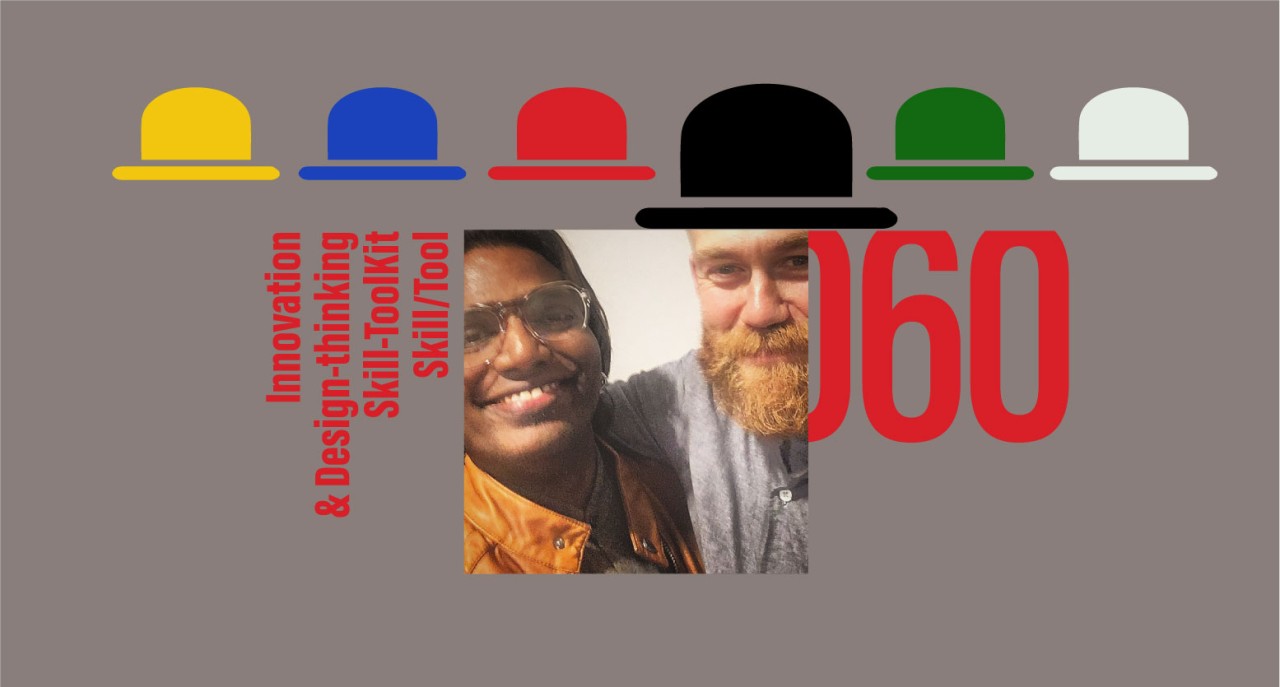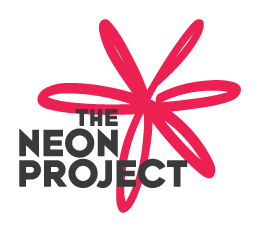
Innovation & design thinking: Skill-ToolKit: 060
Tool: Six Thinking Hats skills/tool
——
In an endeavor to ‘encourage collaboration and minimize conflict’ among the team members (ever since I started as a design team lead), I tried many tools and methodologies before I encountered the six thinking hats; none of them come closer to delivering the expected results. Today, I am pleased to share this fantastic Edward De Bono’s Six Thinking Hats tool.
——
‘De Bono understood that arguments could easily become biased. This can lead to an ego-driven approach, where the goal is just to win the argument, not to reach the best solution’.
——
De Bono’s thesis was simple; the argument per se isn’t the right tool to discover new possibilities. I completely agree with him, and I experientially know many team members in organizations spend most of their time in meetings arguing ‘their right is the right,’ rather than having a constructive discussion. Ha Ha Ha
De Bono conceived this concept of parallel thinking. Each team member uses the same thinking style for a while, then rotates through a series of thinking styles to capture the viewpoints from each thinking style.
Each hat is allotted a different color and refers to a different thinking approach. An individual or a group “wears” each hat in turn, fully exploring the mode of thinking it represents. Then they switch to the next. Furthermore, in a group, each person wearing the same hat at the same time, surely encourage collaboration, and to reduce conflict.
———–
How to Apply the Six Thinking Hats Tool
You can practice Six Thinking Hats in meetings or on your own on a self-initiative project. In conferences, this tool has the power of preventing any confrontation that could arise when members of the meeting with different thinking styles discuss an issue.
Each “Thinking Hat” is a different style of thinking, as explained below:
—
White Hat: The White Hat is all about bringing all information known or needed. “The facts, just the facts.”
—
Red Hat: The Red Hat means feelings, hunches, and intuition. When employing this hat, you can express emotions and feelings.
—
Black Hat: The Black Hat is judgment (the devil’s advocate or why something may not work). Find the problems and risks, where things might go wrong.
—
Yellow Hat: The yellow hat encourages us to think positively. It is the optimistic viewpoint that assists us to see all the benefits of the decision and the value in it.
—
Green Hat: The Green Hat represents creativity. This is where we develop creative solutions to a problem. (It is an idea generation and exploration stage, in which there is little criticism of ideas).
—
Blue Hat: The Blue Hat is used to manage the thinking process. It’s the hat worn by a person who is chairing the meeting, the moderator, or the team leader. (for example, when ideas are running dry, – they may direct activity into Green Hat thinking. When there is a need to access flaws in the plan, – they will ask for Black Hat thinking).
—

This technique sounds simple, but does it work?
Yes, it does.
Six Thinking Hat methodology has been around for a few decades, and I have been using it on project discussions to generate brand strategies and solutions. We could even use it form proposal writing to project planning. I like this exercise because it gives each ( red, blue, green, yellow, white, and black) hat a dedicated time and allows ideas to be quickly shared by the working team members.
An Example of Six Hat Thinking:
The directors of a wall paint company are considering whether they should launch a new range of bright metallic color wall paints. The economy is doing well, and the demand for home interior decoration is picking up. As part of their decision-making process, they choose the Six Thinking Hats technique.
—
The directors wearing the White Hat, they investigate the data that they have. They can see that the demand for interior products is steadily rising, and they calculate that, by the time a new range of bright metallic color wall paints reaches the market, in September, that’s when demand for wall paints rises. They also note that the economic outlook is good, and steady growth is predicted to continue. Because of the good economy, more people would like to spend on interiors.
—
Thinking with a Red Hat, some of the directors say that the aimed new range of bright metallic color wall paints are gaudy and too bright. They worry that people would find it harsh or unsophisticated.
—
When they think with the Black Hat, they question the proposed economic outlook. They believe the economy may be on the brink of experience a slowdown, in which case fewer people spend on interiors, or they might prefer less experimentative shades. If the demand for non-metallic shades jumps, then companies might cancel these new metallic shades and produce only a non-metallic color range.
—
Wearing the positive Yellow Hat, however, the directors know that, if the economy performs as per prediction and their projections are exact, the company surely makes a good profit. If they are lucky, maybe they could sell the new range of bright metallic color wall paints double the quantity that they have expected. There are chances of being the pioneer in this metallic wall paint segment.
—
With Green Hat thinking, they consider whether they should only go for bright color metallic wall paints or introduce a range of pastels color metallic wall paints as well. Ultimately, they may have both metallic and non-metallic shades of all color rages in pastel to bright, to deeper color shades.
—
The chairman wears Blue Hat and moderates the meeting to keep the discussion moving and ideas flowing, encouraging the other directors to switch their thinking hats as per need. They are having examined their options from all Six Thinking Hats viewpoints. Now the directors have a detailed picture of possible outcomes and can make their decision respectively.
——
The six benefits of Six Thinking Hats Methodology:
1 Lessen conflict between team members or meeting participants
2 Helps to think clearly and objectively
3 Carry out meetings much shorter and more productive
4 Systematically considering the issues, problems, decisions, and opportunities
5 Parallel- thinking as a group/team to generate better ideas/solutions
6 Keep the team members egos in check
———–
In conclusion, De Bono’s Six Thinking Hats is an effective methodology for looking at decision making from different points of view. It even allows feelings and doubts to be brought into what might generally be a purely objective process.

I offer a bouquet to the creator of the Six Thinking Hats, Edward De Bono.
—————————————————————————————————————
I dedicate this skill/tool to my (Master’s in Branding) tutor, Paul Jackson, London College of Communication, University of the Arts London. Who introduced this marvelous skill/tool to me.

